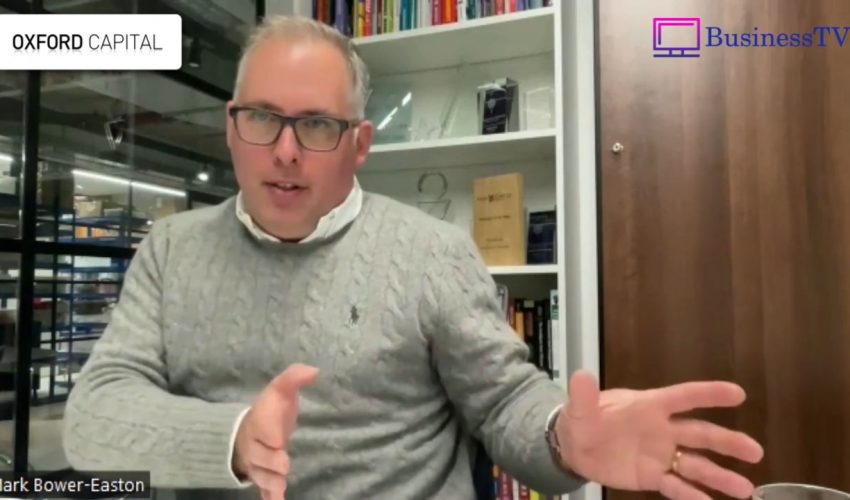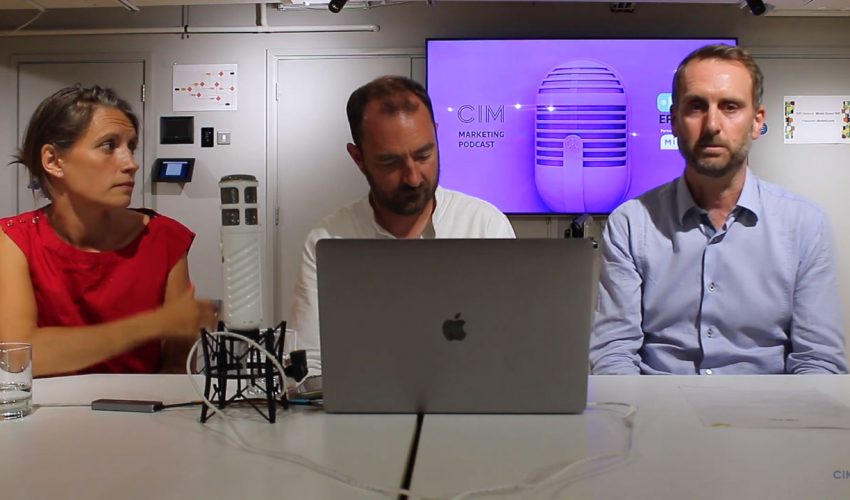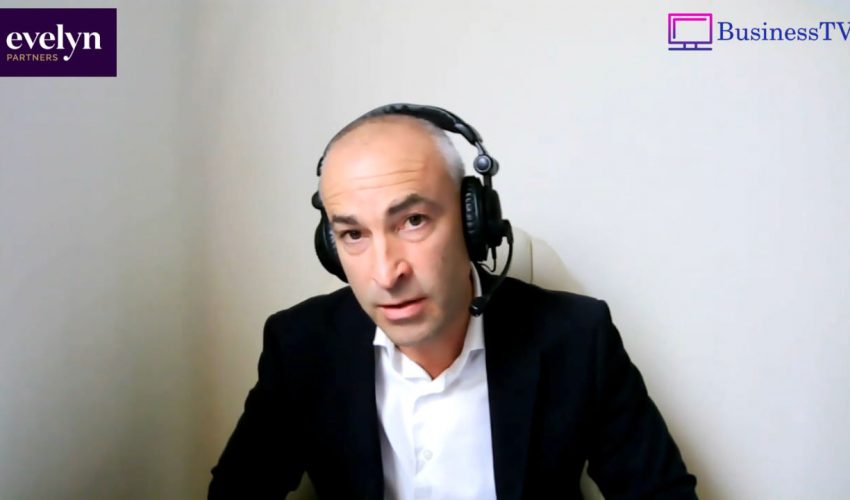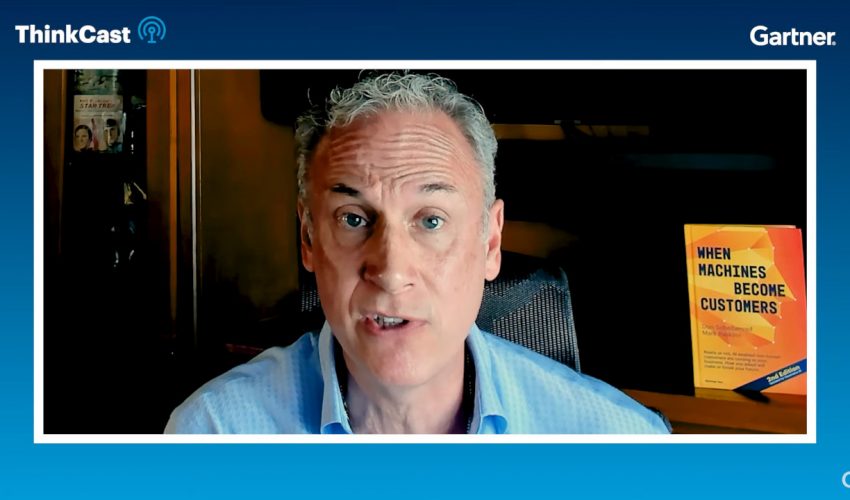Web 3 has the power to transform Global Markets but with still so much uncertainty, firms need to monitor market developments and educate their workforce to better understand the impact of moving to a decentralised economy. Although Web 3’s exact definition is often debated, a key attribute is that Web 3 puts power back in the hands of the individuals, who owns their own data. This makes it more than just a technology, but also a social movement. For investment banks, the real opportunity from Web 3 is the disruption of the underlying technology and the possibilities for digitising trade life cycle processes, such as securities issuance, trading, clearing and settlement, asset servicing and treasury functions.
An important component of Web 3 for investment banks is decentralised finance, known as DeFi. Its three core components; distributed ledgers, tokenisation of digital assets and smart contracts are constantly evolving to challenge the status quo. Rather than the traditional ecosystem of multiple intermediaries, central oversight, and high barriers to participation, DeFi uses a variety of distributed ledger powered applications to revolutionise these concepts, offering immutability, removing central intermediaries, and boosting transparency.
Web 3 technologies are already being used by investment banks. In 2018, the World Bank created the bond-i, the world’s first global bond using distributed ledger technology. This technology allowed the bond to be settled on the same day and removed the manual and paper intensive documentation process.
While leveraging this technology is still in its nascent stages, we also see massive potential for distributed ledger technologies, or DLT, to overhaul OTC Derivatives products as well as mitigating some of the biggest challenges facing active intraday liquidity management. For the often-complex world of OTC Derivatives, smart contracts can digitally represent and self-execute the operational clauses of paper derivative contracts, while DLT also automates the movement of collateral, eliminating complex reconciliations and minimizing the number of intermediaries. Similarly, shared ledger technology enables banks to have a real-time view of positions across all accounts, which is one of the most prominent challenges facing intraday liquidity managers. Additionally, DLT could support actively traded intraday liquidity markets that would enable banks to effectively smooth their long and short intraday positions.
We know that the downturn in crypto tokens and the recent collapse of Celsius and FTX are damaging the credibility of digital assets. But we need to decouple the speculative nature of crypto currency trading from the benefits that Web 3 technology offers. Regulation has a key role to play in building confidence in the market and create financial stability, and we welcome the publishing of ESMA’s Markets in Crypto Assets framework in 2023.
Despite uncertainty in the adoption of Web 3 and DeFi, it’s clear that we’re on the verge of generational technology led disruption that will be transformative for investment banks.
Learn more here: https://www.baringa.com/en/insights/web-3/the-transformative-power-of-web-3-for-investment-b/











































































































































































































































































